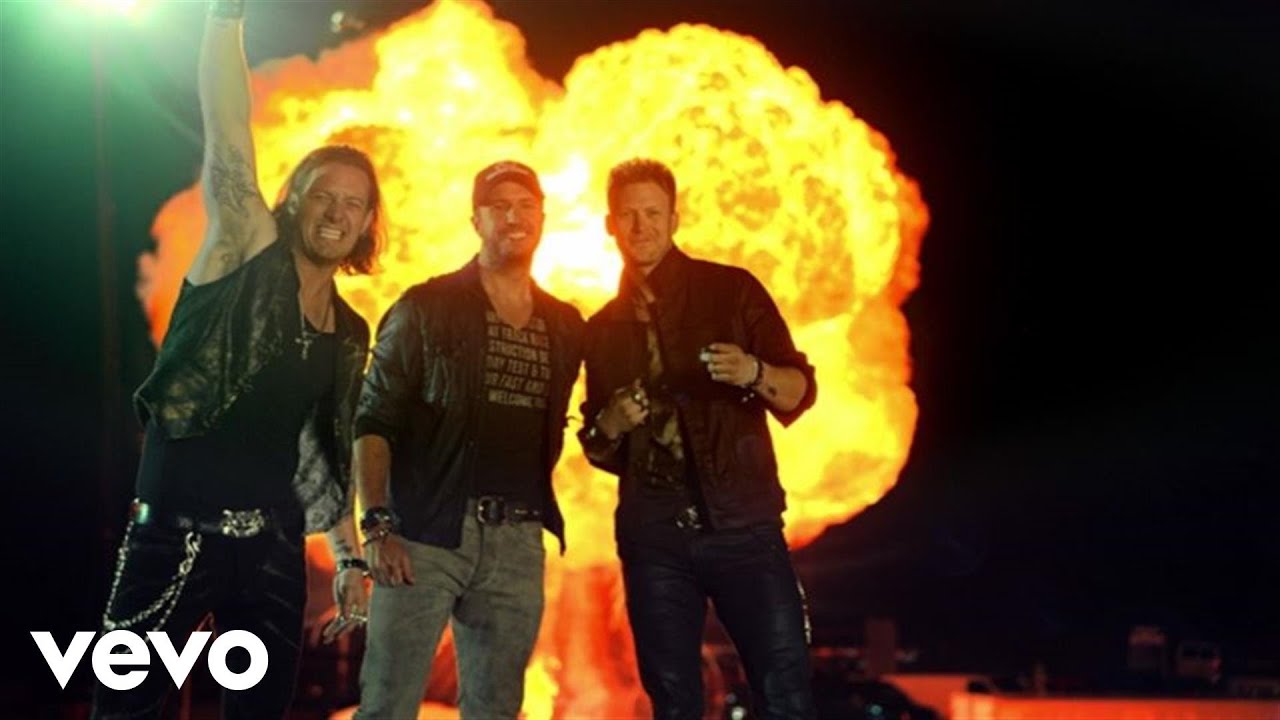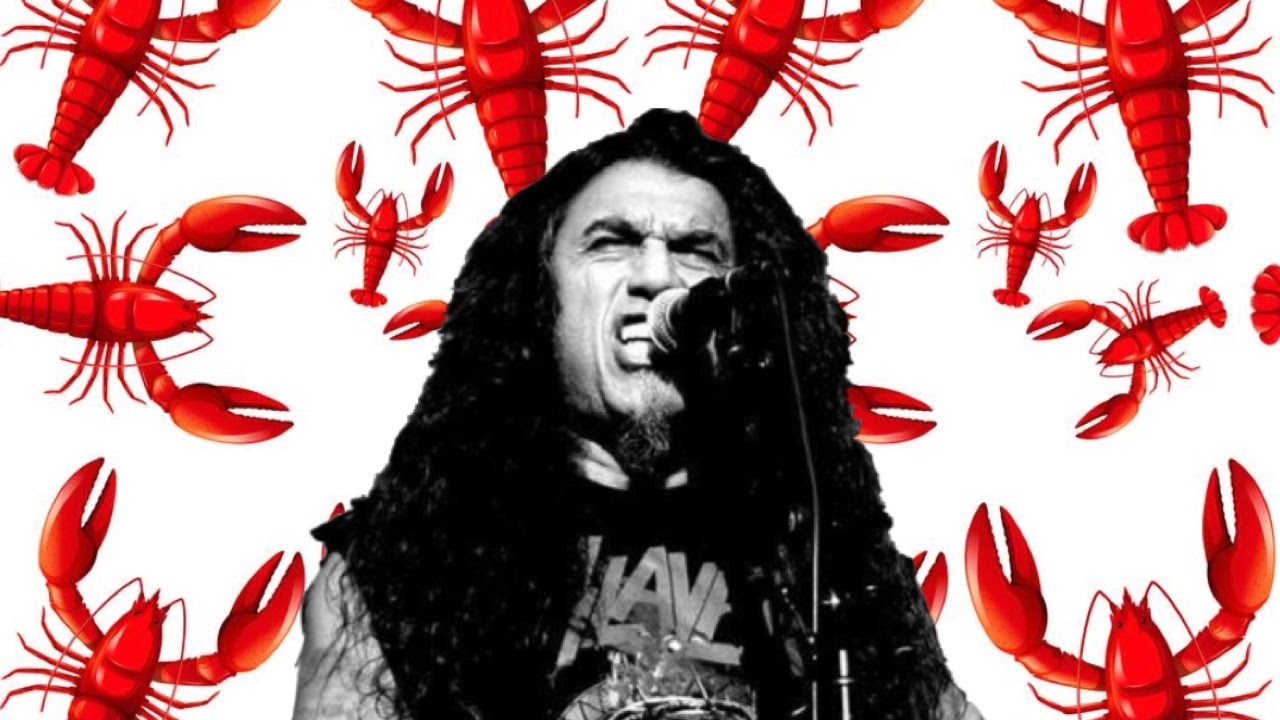Butch Vig encouraged them to distill the songwriting – that’s a big part of how they get from “Bleach” to “Nevermind,” aside from the notion that I think is clear in retrospect, that the drummer “makes” the band, and Dave Grohl was beyond indispensable as far as making that album timeless. Also, if it had been more of a raw punk record, even marginally so, I don’t think it would have crossed over, and it certainly wouldn’t have turned the world on its ear the way it did. Given Kurt’s roots, it really could have ended up being an underground gem, maybe in the Fugazi blueprint.
Also, don’t underestimate the amount of dues-paying that happens in an organically growing scene. On another forum, an engineer who was on staff at Motown, mostly mastering vinyl, was in a thread about this kind of stuff – what happened to the old aesthetic and music ethic, and where did it go? His answer sticks with me: “People need a bar to rise to.” This stuff doesn’t happen in a vacuum, and it’s a leap for it to just be created from whole cloth. This is much of the theme of some of my earlier posting: it’s about the intersection of art and commerce being an interesting place. THAT’s when you get a golden age. If it’s the 80’s, and the hard rock club is where it’s at AND it represents what is creating a chunk of the culture at large, then a significant proportion of the best and brightest in music AND in music business are going to be drawn to it and try to make their mark, particularly if positive momentum has the potential to change their lives in small or big ways. That’s a powerful combination. Fleetwood Mac was considering breaking up during the making of Rumours – it took a million dollar budget and some convincing from those around them that, yes, this album could push them into the stratosphere, for them to stick it out. On a smaller scale, the small-time money R.E.M. was making playing clubs in college towns set the stage for them to even stick together and pay dues as a band at all.
David Byrne points to “venue” as being an obvious but underestimated determinant of creative output. Of course, venue could be the internet as well. But YouTube culture is SUCH a paradigm shift from what came before, both in terms of culture and income stream.
I remember an R.E.M. interview – they were looking back (and getting asked about the old days and their artistic evolution). There was the offhand comment about artistic decisions of bands like them had made coming up at the time (circa '81): “hey, guys, we could play “Whipping Post” and make $300 a night!” That $300 in 1981 dollars is approaching $1000 in value now. So a night’s entertainment at a hot college club is worth $1k, as a routine thing (pandemic years excepted)? Sure, 100 kids paying $10 a pop would get to that point pretty easily (or 200 at $5 a head) – that even sticks to the standard of letting the band keep the cover and the club keep the bar tab. So 100 kids getting a cheap night out – $20 in today’s terms, with cover and a couple of cheap beers (and a tip), this happening at even just 3 or 5 places in a given town, or 10 places in a city, really represents a scene. I’m throwing out numbers to give you a sense of scope, but I don’t think they’re that far off, for the purpose of discussion.
Do you think $200 or more in everyone’s pocket, plus a crowd that truly just WANTS to party to – what’s that band on stage again? – you know, THAT kind of crowd…if you’re interested in keeping your “baby band” together and the scene is supporting a certain number of bands who can put this process on “rinse and repeat” while building a name – I don’t know about you, but that’s the part where I say, “hey, this is starting to work, let’s push some limits here…what if we do THIS?”
I’m a little young for this, but now you see why the drinking age going up was a HUGE deal – colleges and college towns were kind of a fishbowl for this sort of thing. I do NOT think that it’s a coincidence that the American ideal of the “live band that paid its dues for years and then found its audience organically,” going back to hillbilly folk music in the 1800’s and really hitting a stride for the rock 'n roll years, kind of comes to a grinding halt by '95 or earlier. Think about it: the drinking age went up in the mid 80’s, but a lot of people had already paid dues by then in the clubs, so they’re seasoned but still young enough to shake things up (remember, the Beatles left Britain to pay dues in Hamburg and emerged a >different< band from when they left). The “grunge generation” is the last to by and large have that ethic – born in '62-65, with some holdovers born up to '68 who either cracked into the local scene as teenagers or experienced a culture that was living on fumes as the clubs tried to stay alive while losing a chunk of their business.
There used to be hard rock bands who would perpetually play a given circuit professionally, 3 sets a night, maybe working some originals in, maybe selling T-shirts and cassettes, coming around a given town every two months or so. If the band was really good and very professional, this could go on for a while, with the establishment of a brand and reputation – then band members would get snapped up for signed bands, etc. But this scene did rely on a certain amount of money going around to keep everyone from, frankly, cutting their hair (at the time) and going into computer programming or selling cars.
–
So to circle back to the original topic, there is zero chance of recreating THAT environment. But the question would be, how can we get that energy and vibe around that hard rock sound and attitude that a lot of us love? I think it’s a matter of getting streaming royalties right so that people who are business-savvy and drawn to show business in general, see the music business as “where the action is” and not as some kind of washed-up backwater when compared to other formats. If you had access to a million dollars of investment money but were beholden to creating positive returns, would you do film or TV or some kind of general online media, or would you start a music label and do artist development? The instant that the environment becomes such that there are some visionaries with that kind of mojo AND the chutzpah to get access to those kinds of funds going, “heck, yes, I’m the next Ahmet Ertegun,” you’ll at least see SOME kind of organic revolution. I say this because it’s enough to ask someone to be “struck by lightning” artistically – it seems these days that, not only do you have to be talented at your craft, but you have to run your entire career, top to bottom, at least until you’ve really climbed the ladder to the point that you don’t “need” the help that you really could have used on the way up.
And, honestly, the special ones really needed that backing. Chas Chandler was the bassist for the Animals – he managed Hendrix and was convinced that Hendrix could break in an exciting and profitable way. He tried everything and then sold four (?) of his basses as a last ditch effort to fund a label showcase for him – basically betting a decent chunk of everything he had on this unknown’s career. For every Dre or Fugazi who you could see selling records out of the trunk of a car or by mail order, there might be a fragile genius – and those might be the most interesting ones, the psychonauts among us who take the art to other places. If they’re not oriented towards the business end, but their YouTube royalties might, you know, pay for a sandwich or a month’s rent, but that’s about it, is there going to be a Chas Chandler to mortgage everything to champion him or her to the world at large? Hendrix was so incandescent that his career arc seems inevitable in retrospect, but it really wasn’t.








